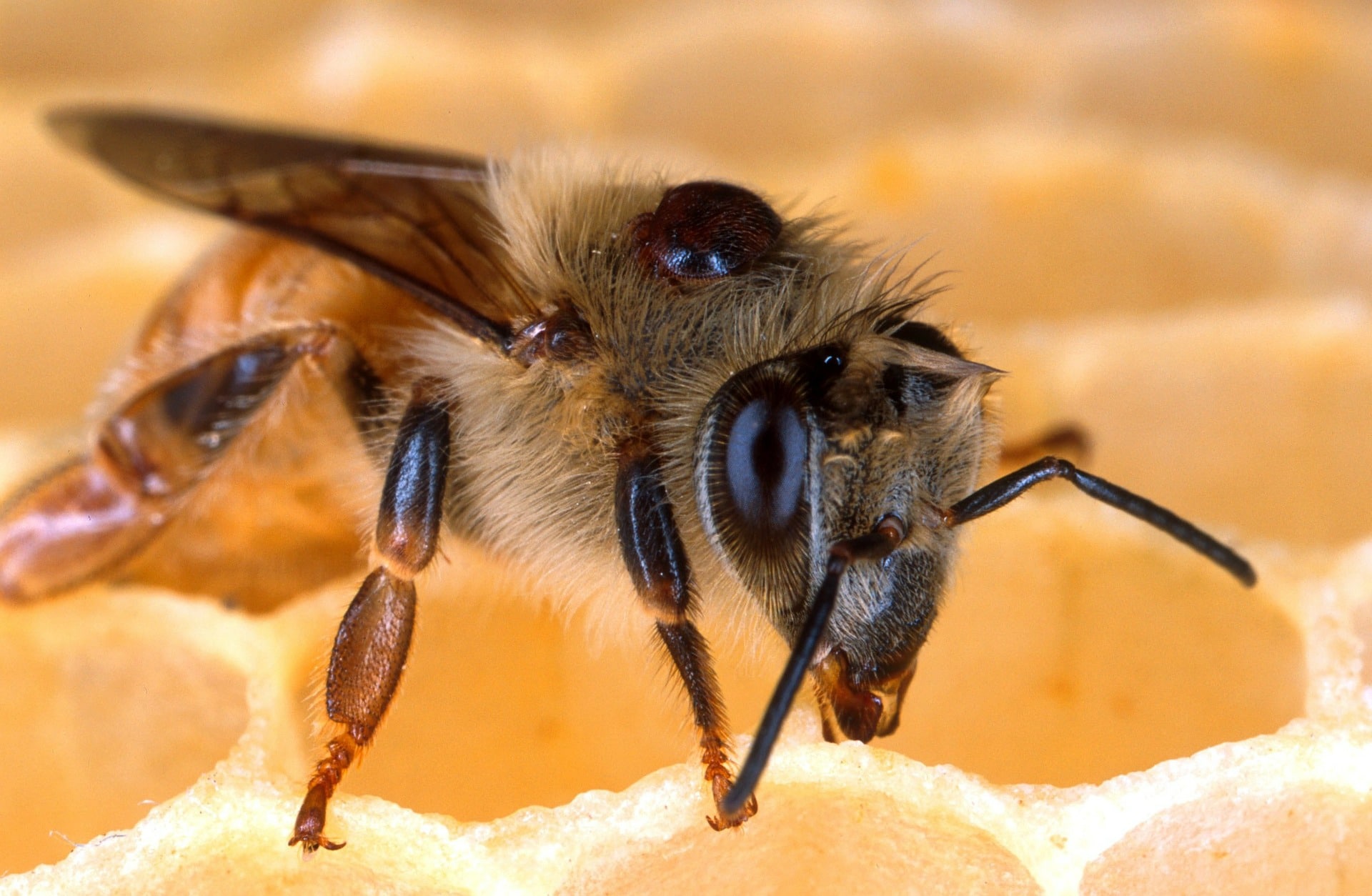Pollination by wild and managed insects is critical for most crops, including those providing essential micronutrients, and is crucial for food security. In the U.S., the production of crops that depend on pollinators generates more than $50 billion a year. According to recent evidence, some native wild bee species are in decline.
“In 2017, the United States had 2.88 million honey bee colonies, down 12% from the record high 3.28 million colonies in 2012,” stated the NASS.
A new danger presents itself to the vulnerable bee community: a harmful variant of the deformed wing virus (DWV). The variant infects honeybees, resulting in atrophy of their wings and death. The virus has already replaced the initial strain in Europe and has now spread to other regions of the world, destroying entire bee colonies.
A study led by Martin Luther University Halle-Wittenberg (MLU) set out to analyze data on the spread of virus variants in the past 20 years.
DWV is transmitted by the Varroa mite. “These mites not only transmit viruses between honeybees, they also eat the bees’ tissues,” shared Professor Robert Paxton, a bee researcher from MLU, in a news release. “Deformed wing virus is definitely the biggest threat to honeybees.”
The initial strain of the virus (DWV-A) was found in Japan in the early 1980s. The new variant, DWV-B, was discovered in the Netherlands in 2001. “Our laboratory studies have shown that the new variant kills bees faster and is more easily transmitted,” added Paxton.
The team evaluated nearly 3,000 datasets for honeybees, large earth bumblebees and Varroa mites found in the NCBI database to gather clues about the viruses’ genetic material. Researchers also examined the first scientifically recorded references to the DWV-B variant in various countries.
“Our analyses show that the new variant has already gained a foothold in Europe and that it will only be a matter of time before it is the dominant form around the world,” explained Paxton.
The new variant was located primarily in Europe and Africa in the 2000s, migrating to North and South America in the early 2010s, and Asia in 2015. The variant has now been identified on all major landmasses, except Australia.
The study also found evidence of the virus in samples taken from large earth bumblebees. “Whether the virus will have similarly devastating consequences in bumblebees and other wild bees remains uncertain. So far, commercial bumblebee colonies infected with the virus are not dying at a significantly higher rate,” said Paxton.
The good news is that there are various ways to protect honeybees from the harmful variant. “The most important thing is to pay attention to hygiene in the hive. Here, simple measures can help to protect not only one’s own colony from Varroa, but also wild bees that no one else is looking after,” Paxton concluded.
Honeybees play an important role in fruit yields and help to preserve biodiversity. Experts across the globe will continue to work to prevent the loss of these honeybee colonies.
Read More About Pollinators:
Stop! We are Saving the Wrong Bees
Satellites and Drones Can Help Save Pollinators
Safeguarding European Wild Pollinators
Top Bee and Pollinator Stories of 2021
Putting Honeybee Hives on Solar Parks Could Boost the Value of UK Agriculture










